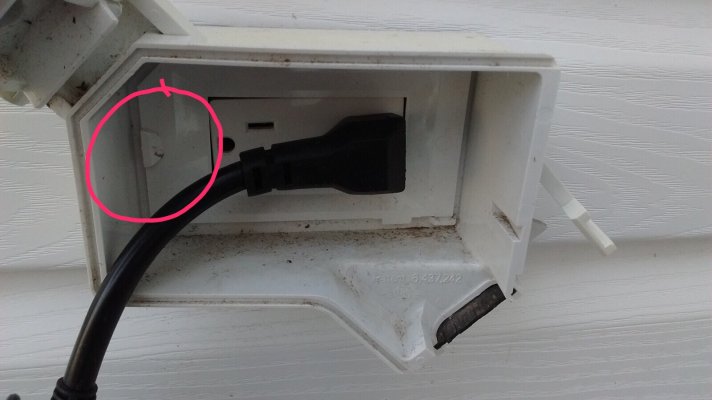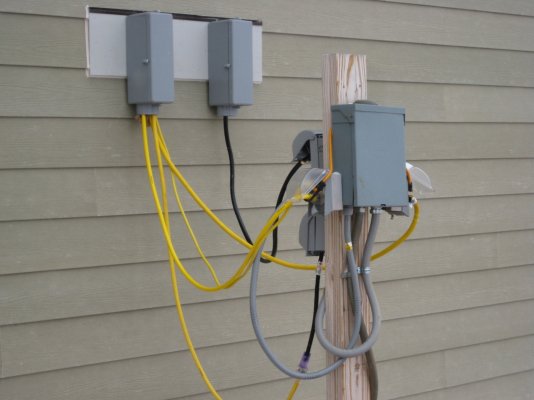target2019
Give me a museum and I'll fill it. (Picasso) Give me a forum ...
Turn off power.
Check power at outlet with tester.
Remove cover screw and cover.
Remove screw from outlet.
Rotate outlet.
Replace outlet screws.
Replace cover and cover screws.
Turn on power.
Test.
Check power at outlet with tester.
Remove cover screw and cover.
Remove screw from outlet.
Rotate outlet.
Replace outlet screws.
Replace cover and cover screws.
Turn on power.
Test.



